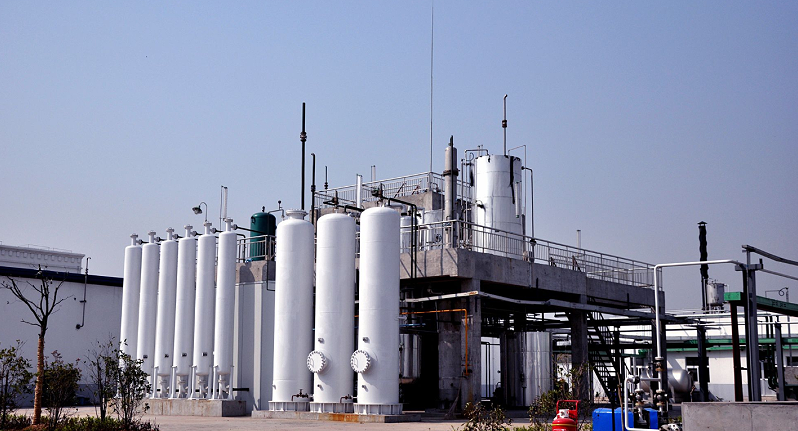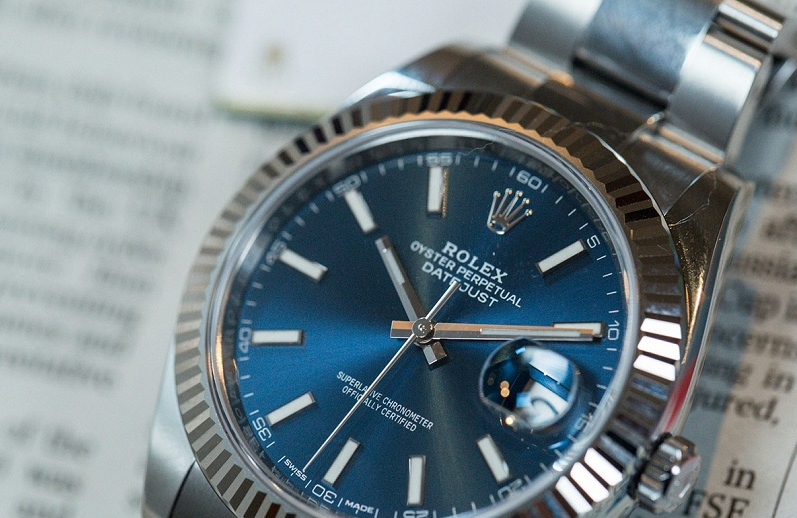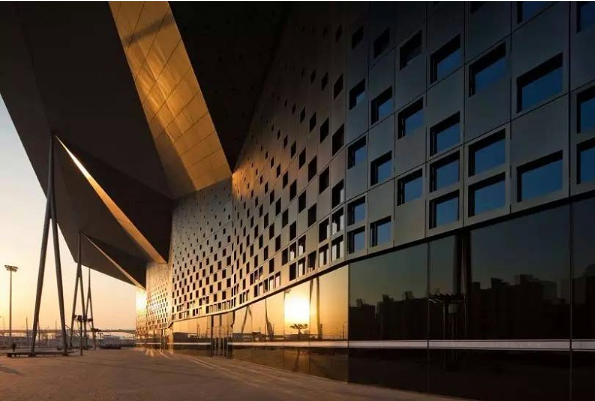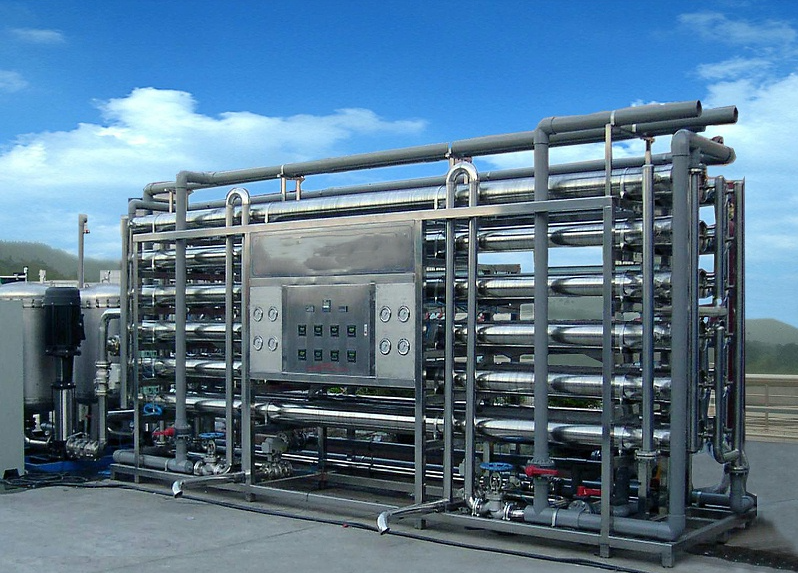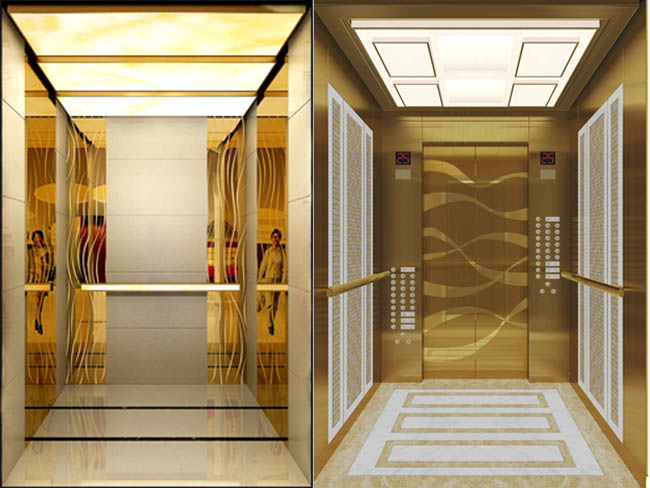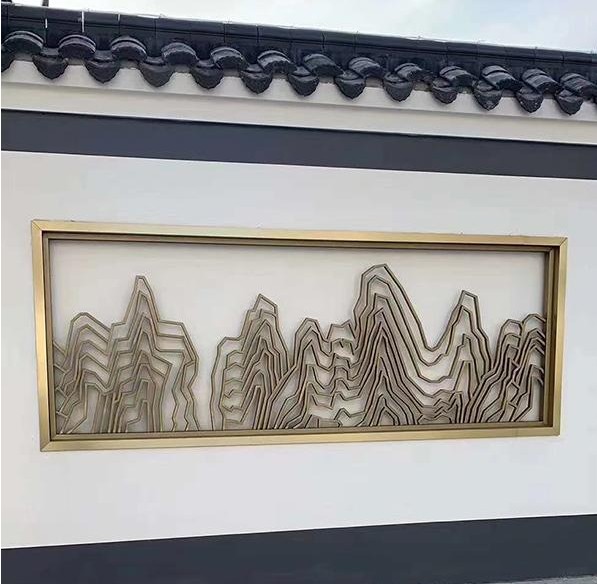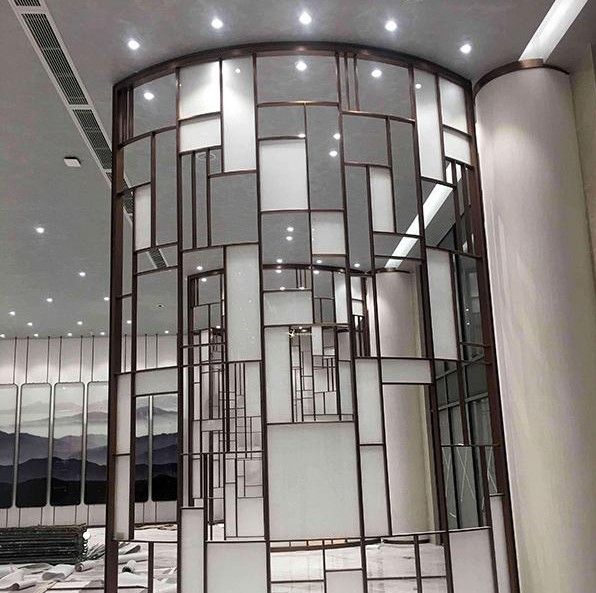An automobile’s exhaust system primarily consists of the exhaust manifold, front pipe, flexible pipe, catalytic converter, center pipe, main muffler, and tailpipe. Each component operates in different temperatures and environments, necessitating the use of different stainless steel and other materials.
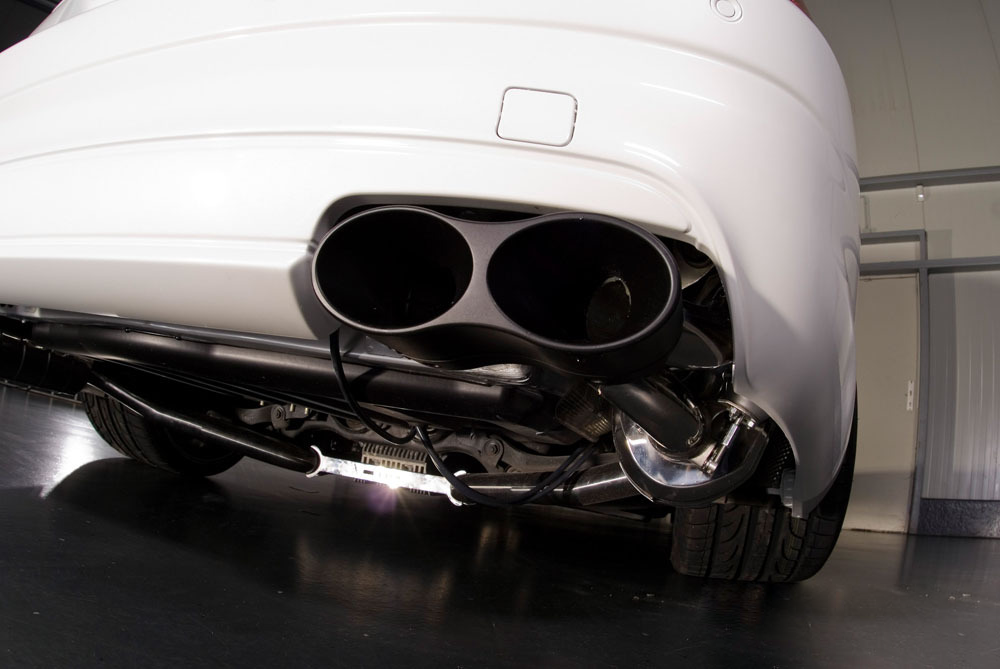
Stainless Steel Pipes for Automobile Exhaust Systems
Stainless Steel Pipes for Automobile Exhaust Systems
For example, in high-temperature areas near the engine, exhaust component materials require excellent high-temperature strength, thermal fatigue resistance, high-temperature oxidation resistance, and corrosion resistance. Areas farther from the engine require resistance to exhaust gas condensation corrosion. Furthermore, stainless steel tailpipes exposed at the rear of the vehicle require not only corrosion resistance but also an aesthetically pleasing surface.
The exhaust manifold’s function is to direct exhaust gases from the engine’s cylinders to the exhaust pipe. Because the exhaust manifold is directly mounted on the engine and exhaust gas temperatures can reach approximately 900°C, the material used must possess excellent oxidation resistance, high-temperature strength, and thermal fatigue resistance. Furthermore, due to the exhaust manifold’s complex shape, the material must also exhibit good formability.
Stainless steel exhaust manifolds can be categorized into two types based on their production methods: one is made by stamping stainless steel sheets and then welding them, and the other is made by bending and welding stainless steel tubes. The latter also includes sleeve-based manufacturing.
Stainless steels used in exhaust manifolds include austenitic and ferritic stainless steels. Austenitic stainless steels offer excellent high-temperature strength, but their oxidation resistance is inferior to that of ferritic stainless steels due to their easy flaking of oxide scale. Austenitic stainless steels used in exhaust manifolds include 304 and XM15J1. While ferritic stainless steels offer better oxidation resistance, their high-temperature strength is weaker than austenitic stainless steels. However, due to their lower thermal contraction coefficient, ferritic stainless steels exhibit better thermal fatigue properties than austenitic stainless steels. Ferritic stainless steels used in exhaust manifolds include 409L and 430J1L.
The front pipe is located between the exhaust manifold and the flexible pipe. To ensure catalytic activity in the downstream catalytic converter, heat radiation from the front pipe must be minimized to prevent a drop in exhaust gas temperature. Furthermore, the front pipe must also provide noise reduction. Therefore, front pipes are shifting from traditional single-layer tube structures to thin-walled sleeve structures. Materials used for front pipes include ferritic stainless steels such as 409L, 436L, and 430J1L. When using a sleeve structure, the inner tube is also made of austenitic stainless steel. Ferritic stainless steel, due to its low cost and excellent oxidation resistance and thermal fatigue properties, will be widely used as the primary material for front pipes. Furthermore, to address the trend of rising exhaust temperatures and thinning pipe walls, steel grades with better high-temperature performance, such as 429 stainless steel, are also being used.
Flexible pipes are located between the exhaust manifold and the catalytic converter, primarily to prevent engine vibration from being transmitted to other components of the exhaust system. Flexible pipes are constructed of a corrugated sleeve wrapped in a stainless steel wire mesh braid. The material used for flexible pipes must exhibit excellent high-temperature fatigue resistance, and because of the corrugated shape, the material must also possess excellent processability. Furthermore, in cold regions, deicing salt is used to prevent road icing, so the outer surface of the flexible pipe must also be resistant to high-temperature salt corrosion. Currently, the primary material used for flexible tubing is 304. However, considering the need for high-temperature salt corrosion resistance on the outside of the tubing in cold regions, the higher-performance XM15J1 steel grade, which incorporates silicon and has a higher nickel content, can be used.
To reduce air pollution from automobile exhaust, an exhaust purification system called a catalytic converter is also required. It converts carbon monoxide and hydrocarbon pollutants in exhaust gas into carbon dioxide and water, and nitrogen oxides into nitrogen and oxygen. The converter consists of a catalyst, a co-catalyst, a sealing coating, and a catalyst carrier.
Because the catalytic converter is located close to the exhaust manifold and under the chassis, it must be able to withstand harsh corrosion environments such as high temperatures and vibration. In addition to ceramic carriers, metal carriers made of ferritic stainless steel foil are also used. Ferritic stainless steel foil is used because of its excellent thermal shock resistance and low heat capacity. The metal catalyst carrier consists of a honeycomb core made of stainless steel foil and a shell made of stainless steel plate. The honeycomb core is made by winding flat and corrugated foil and joining them together using methods such as brazing or welding. The outer shell must possess excellent high-temperature strength, high-temperature salt corrosion resistance, and processability.
The catalytic converter shell is primarily made of 430 stainless steel, but to cope with rising exhaust gas temperatures, ferritic stainless steels with better high-temperature performance, such as 430J1L and 429 series, are now being used.
The center pipe connects the catalytic converter to the main muffler. Some models also install a secondary muffler in the center pipe. Exhaust gas temperatures are relatively low in this area, so high-temperature performance requirements are less stringent, but corrosion resistance is highly demanding. Internal and external corrosion resistance primarily targets corrosion caused by condensed water in the exhaust gas, while the surface must resist salt corrosion caused by de-icing salt. Traditionally, the center pipe was made of aluminized carbon steel, but the use of stainless steel to combat internal surface corrosion is rapidly increasing. Stainless steels used for center pipes include 410, 409L, و 430.
The main muffler absorbs and reduces exhaust noise. It consists of an outer shell, inner panels, inner tube, and end panels. During extended driving, the exhaust heats the main muffler, reaching temperatures of around 400°C. During this period, moisture does not condense. However, during shorter driving periods, the main muffler’s temperature remains constant, allowing moisture to condense. Condensed water contains substances such as NH₄⁺, CO₂⁻, SO₂⁻, Cl⁻, and organic acids. These substances gradually concentrate during repeated engine starts and stops. The presence of condensate creates a highly corrosive, wet environment inside the muffler. Furthermore, the muffler surface is exposed to the corrosive environment of deicing salt.
Currently, the main muffler is primarily made of 436L, but the use of 436J1L is increasing because this stainless steel grade requires less molybdenum, thus reducing costs.
The tailpipe, located behind the main muffler, is the final exhaust outlet and a visible component. Therefore, it must be both corrosion-resistant and aesthetically pleasing. Because exhaust gas temperatures in the tailpipe area are historically low, aluminum-plated steel is sufficient. However, for aesthetic reasons, high-purity ferritic stainless steels such as 409L, 430, و 436, as well as austenitic 304 stainless steel, are sometimes used. When aesthetics are particularly demanding, chrome-plated or hot-dip aluminum-plated steel grades are also used, while YUS731 is resistant to high-temperature salt corrosion.
The automotive industry is a major user of stainless steel, primarily in exhaust systems and decorative components. 400 series stainless steels are primarily used, with representative grades including 409L, 436L, و 430.
 Xinliheng الفولاذ المقاوم للصدأ
Xinliheng الفولاذ المقاوم للصدأ



